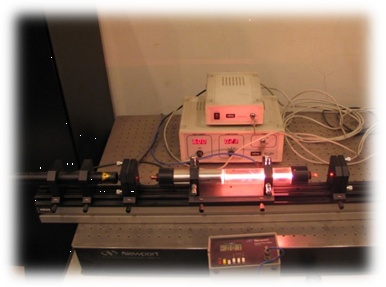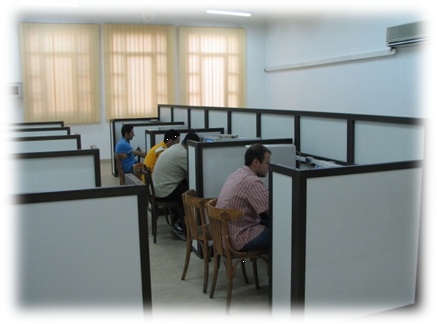Lifetime Optimization for Clustered Wireless Sensor Networks
Dr. Amer, H. H.
Dr. Amar, A. A.
Dr. Ragaee, M. F. M.
Dr. El-Soudani, M. S.
Dr. Amer, H. H.
Wireless sensor Networks, Noisy environment
Wireless Sensor Networks has come into wide use owing to the rapid achievements in MEMS
technologies, wireless communications and digital electronics. They have a wide range of
applications including environmental monitoring, security surveillance, military applications
and others. Energy considerations as well as data delivery are among the most important design
issues of such networks. This thesis proposes novel and efficient techniques to maximize the
network lifetime. The techniques divide the network lifetime into rounds. A Network Master
(NM) is choosen at the beginning of each round based on criteria that minimizes power
consumption. The NM is rotated to distribute energy load and each sensor has its turn to act as
NM for a certain number of cycles. The first technique assumes a fixed number of cycles for all
sensors and searches for the optimum value of this number to achieve maximum lifetime. The
second technique assumes that the number of cycles differs from one sensor to another. It
performs perfect energy balancing to obtain the number of cycles assigned for each sensor to act
as NM. Simulations for the most common network example show that both of the proposed
techniques result in a longer lifetime than other routing techniques. The thesis contributes in
studying the effect of noisy environment on communications within the network and on data
packets delivery. The thesis studies the tradeoff between increasing the probability of receiving
correct packets, through increasing the operating SNR, and increasing the network lifetime,
through using lower SNR. An optimum value for the SNR is found to maximize the quantity of
correct data received at the sink through the whole network lifetime. The problem of
performance degradation, in the aspect of percentage of correct packets, is also studied and
solutions are proposed to handle such problem.




